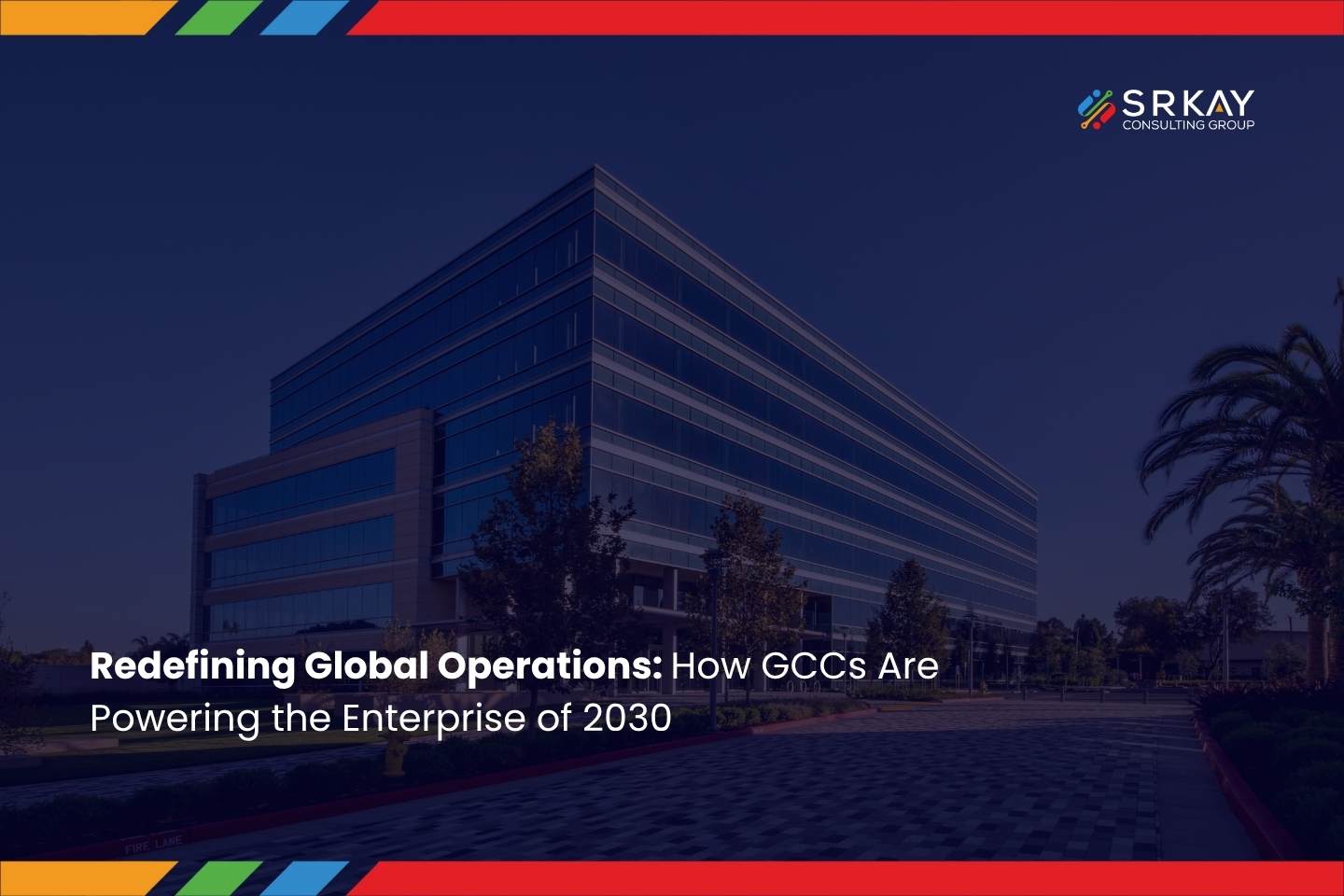Introduction: From the Basement to the Brain
Two decades ago, Global Capability Centers (GCCs) were transactional units, quietly managing payroll, procurement, and reporting — the unseen yet vital “basement” of global enterprises.
Today, the landscape is shifting. India, home to the world’s largest concentration of GCCs, stands at the forefront of this evolution. While GCCs are moving closer to the strategic core of organizations, they face challenges: talent risks, rising competition, and geopolitical complexity.
The promise of GCCs powering the enterprise of 2030 is clear, but it demands bold, deliberate transformation.
Strategy: From Support Cast to Strategic Co-Owners
India’s GCC ecosystem has expanded rapidly:
- 1,700+ GCCs by 2024, employing 1.9M professionals
- USD 50B revenue (projected to double by 2030)
- 44% co-own global product roadmaps
- 70% leverage AI/ML for analytics and optimization
This growing influence, however, is creating **alignment and IP challe...
Unlock Full Access
Provide your details to continue reading this exclusive article.

